Ozone Layer Depletion
The ozone layer is a natural region of ozone gas found along 9-18 miles (15-30 km) above the earth’s surface called the stratosphere. It acts like sunscreen, protecting the planet from the sun’s harmful ultraviolet (UV) radiation.
Ozone depletion is defined as the gradual thinning of the ozone layer present in the lower portion of the earth’s stratosphere.
When Was It First Identified
In 1974, Mario Molina and Sherwood Rowland recognized the threats of the ozone layer from compounds such as chlorofluorocarbons (CFCs). Their work received validation on May 11, 1985, when three English scientists discovered a hole in the ozone layer over Antarctica. Their discovery is commonly known as the ‘ozone hole’ since the ozone depletion is not uniform. Later, ozone depletion was found to occur rapidly at the poles and, to some extent, the equator.
What Causes Ozone Layer Depletion
Ozone is a highly reactive gas comprising of three oxygen atoms. Both ozone and oxygen are constantly formed, destroyed, and reformed in the ozone layer as UV light breaks the bonds between atoms, creating free oxygen atoms. Thus, the concentration of ozone fluctuates depending on seasons and latitudes.
The two primary sources of ozone depletion are:
1. Man-made Sources
It is responsible for almost 90% of the total depletion. It occurs mainly due to the excessive release of chlorine and bromine from ozone-depleting substances (ODS) such as chlorofluorocarbons (CFCs), halons, carbon tetrachloride (CCl4), hydrochlorofluorocarbons (HCFCs), and methyl bromide (CH3Br).
Here is a list of some main ozone-depleting compounds, along with their sources:
| Ozone-Depleting Substances | Sources |
|---|---|
| Chlorofluorocarbons (CFCs) | Refrigerators, air conditioners, air coolers, solvents, and dry-cleaning agents |
| Halons | Fire-extinguishers, electrical equipment such as computer, and military equipment in ships, aircraft, and tanks |
| Carbon tetrachloride (CCl4) | Solvent, degreasing agent, refrigerant, fumigant, and fire-extinguishers |
| Hydrochlorofluorocarbons (HCFCs) | Refrigerator, air-conditioner, insulating foams, and aerosol propellants |
| Methyl bromide (CH3Br) | Fumigants and pesticides |
2. Natural Sources
Sun-spots and stratospheric winds are the two major natural causes of ozone depletion. Together, they contribute not more than 1-2% of the total depletion of the ozone layer. Their effect is temporary.
How is Ozone Layer Depleted: Mechanism and Equations
Aerosols such as chlorofluorocarbons (CFCs) released from various human-made sources make their way into the stratosphere by destroying the troposphere and the ozone layer. The mechanism is given below:
CFCs are broken up by ultraviolet radiations (UV-A, UV-B, AND UV-C) from the sun releasing chlorine. Once the chlorine is released, it reacts with ozone (O3) to form chlorine monoxide (ClO) and oxygen (O2).
Cl + O3 = ClO + O2
When a molecule of chlorine monoxide (ClO) meets an oxygen atom, it breaks up, releasing chlorine.
ClO + O = Cl + O2
The free radical of chlorine again reacts with other ozone molecules. It destroys its structure, thus producing a catalytic cycle of chlorine.
Based on the Environmental Protection Agency (EPA) report, one chlorine atom can destroy more than 100,000 ozone molecules, thus destroying them more quickly than produced naturally. Later it was discovered that bromine and specific bromine-containing molecules such as bromine monoxide were almost 40 times more potent than chlorine at destroying ozone.
Harmful Effects
Some of the main consequences or impacts of ozone layer depletion on earth are given below:
- Damage to Human Heath: If the ozone layer is completely depleted, humans will get directly exposed to intense UV light from the sun. Overexposure to UV rays is responsible for skin cancer, cataracts, sunburns, immune deficiency disorders, and rapid aging.
- Affecting Growth of Plants: Many crops such as barley, wheat, corn, oats, rice, tomatoes, and cauliflower are vulnerable to intense UV light, causing a reduction in their growth rate, flowering, and photosynthesis.
- Skin and Eye Cancer in Animals: Like humans, animals exposed to UV light for an extended period can cause skin and eye cancer.
- Threat to Marine Life: The growth of certain marine planktons decreases when exposed to high UV light. Since planktons appear at a higher level of the food chain, the entire marine ecosystem gets disturbed. Also, severe reproductive defects are found in the fishes, thus decreasing their population.
- Causing Chemical Degradation: Man-made chemicals such as plastics, wood, fabrics, and rubber get hugely degraded on exposure to UV light.
Solutions and Control Measures
In 1987, Montreal Protocol was proposed to stop the production, use, and import of ozone-depleting substances to minimize their concentration in the atmosphere. It was aimed at protecting the atmospheric ozone layer. It was a landmark agreement to phase out all those substances that have been ratified by all 197 United Nations (UN) member countries.
- Some of the crucial ways to prevent ozone layer depletion are listed below:
- Replacing halon-based fire extinguishers with other foam-based forms
- Discouraging to buy refrigerators and air conditioners that use CFCs as a refrigerant
- Servicing old electrical equipment like air conditioners and air coolers reduces the release of chlorofluorocarbons.
- Discouraging the use of cleaning solvents containing CFCs or ammonia and encouraging natural and eco-friendly cleaning products
- Minimizing the use of personal vehicles and using public transport reduces greenhouse gases that deplete the ozone layer.
- Prohibiting the use of air pollutants such as nitrous oxide that decompose ozone into nitrogen dioxide (NO2) and oxygen gas (O2)
- Avoid the use of fossil fuels and increasing dependence on renewable sources of energy.
Summary and Conclusion
- Ozone layer depletion is the depletion of the stratospheric ozone layer of the earth.
- Artificial sources producing ozone-depleting substances are the leading cause of ozone-depletion
- Its depletion causes an increased UV light to reach the earth’s surface.
- Increased UV light is the reason behind several health problems like skin cancer, cataracts, sunburns, immune deficiency disorders, and aging in humans and animals.
- We should be well aware of the harmful effects and the agents that cause ozone layer depletion and take appropriate measures to reduce and avoid their use.
- We should pledge to preserve nature and make it sustainable to live.
FAQ
Ans. Ozone depletion does not cause global warming; instead, both these environmental problems are caused by human activities.
-
References
Article was last reviewed on Tuesday, April 18, 2023

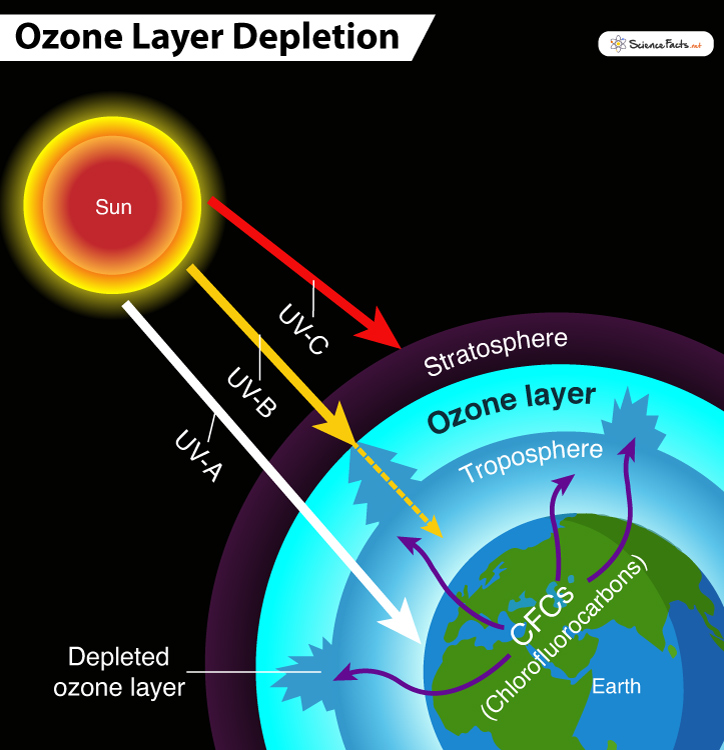
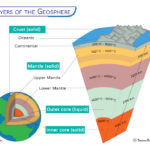
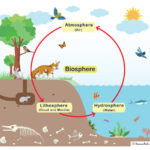
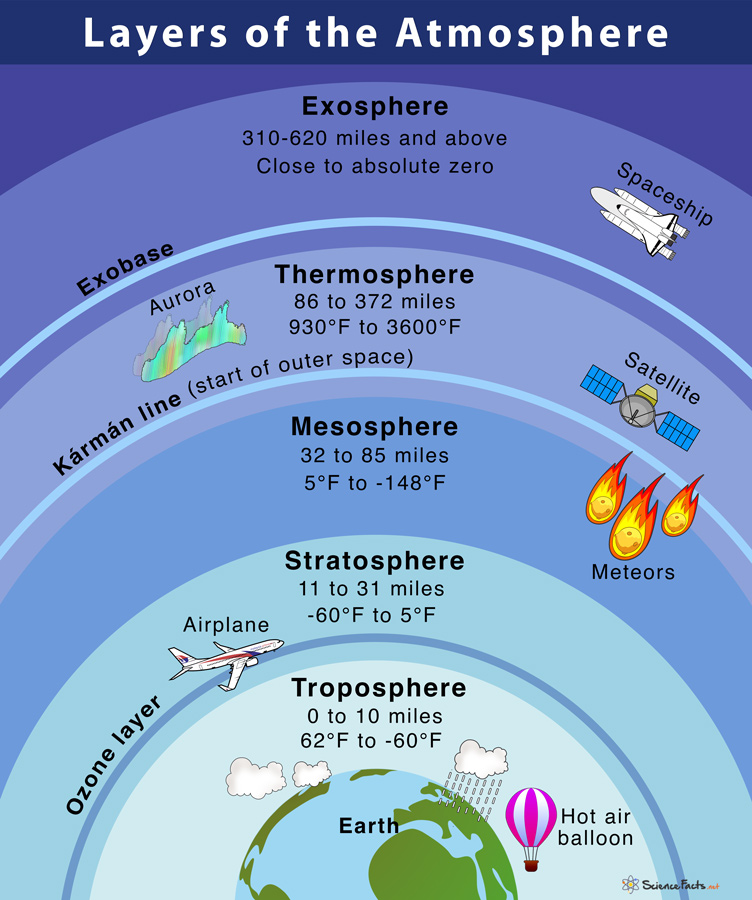
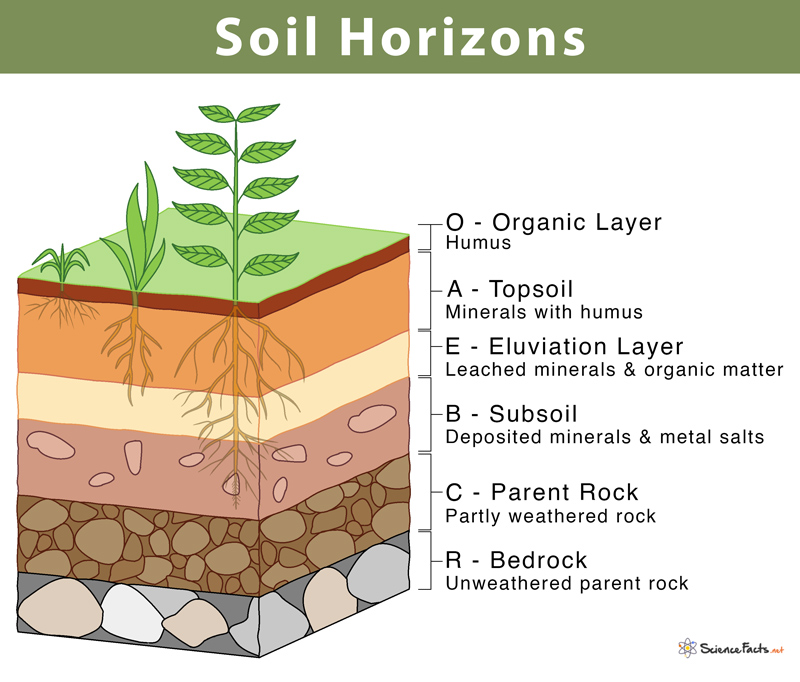
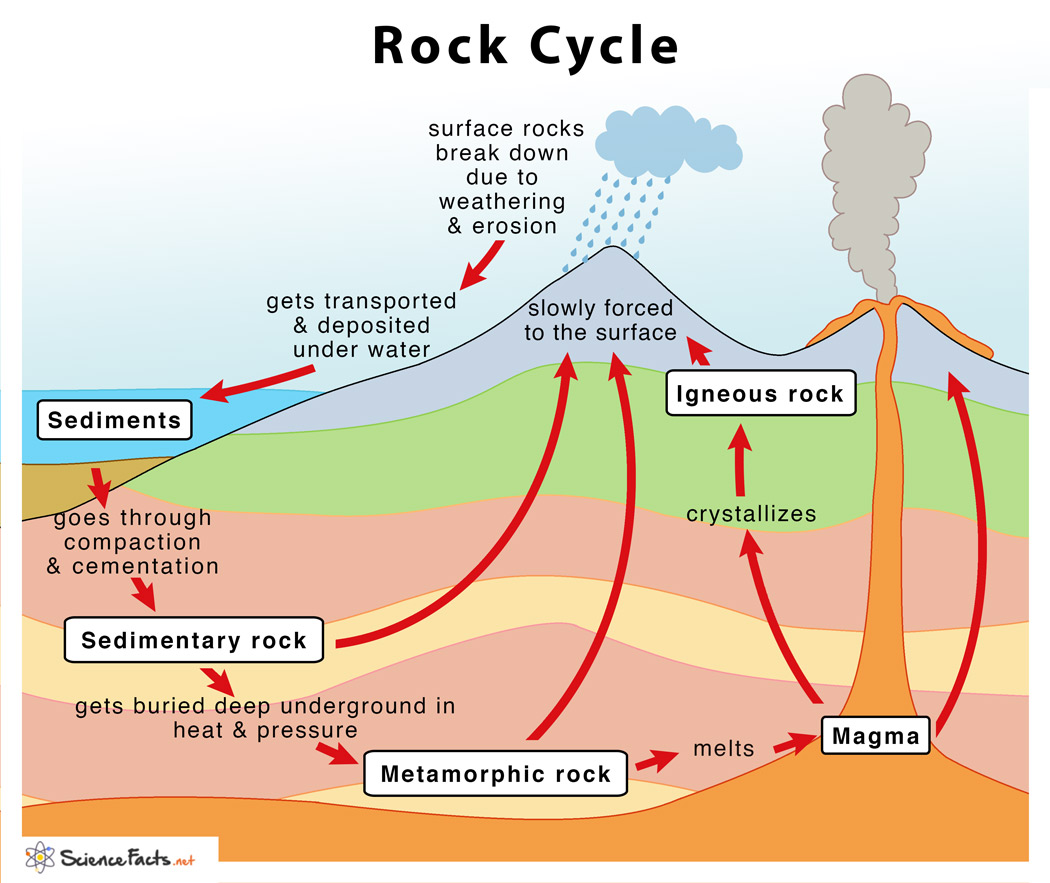
Thank you for your comment. We have edited that section.